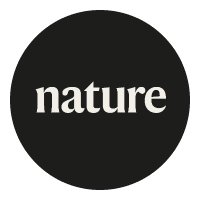
Wajeeha Ahmad
@wajeeha__ahmad
PhD candidate @Stanford Management Science & Engineering + @DigEconLab🌲| Previously at @mitidss and @MIT_CSAIL 🦫
ID: 2579180385
http://wajeehaahmad.com 03-06-2014 02:36:31
69 Tweet
434 Followers
986 Following

Is it OK to spend 12 months to get a visa to attend a 3-day conference? My piece in Science Magazine sheds light on this issue many scholars from institutionally discriminated countries experience on a regular basis Spoiler: 12 months, 900$, get rejected science.org/content/articl…



Nicholas A. Christakis Florian Ederer Our paper (with Erik Brynjolfsson, Wajeeha Ahmad, and Chuck Eesely) proposes something similar to deal with the financing of misinformation websites more generally. We examine the roles of advertisers, consumers and ad tech platforms in this ecosystem. papers.ssrn.com/sol3/papers.cf…


Low-cost, scalable information-based interventions that digital platforms could implement to reduce the financial incentive to misinform and to counter the supply of misinformation online, from Wajeeha Ahmad, Ananya Sen, Chuck Eesley, and Erik Brynjolfsson nber.org/papers/w32187


🚨 Just accepted at The Review of Economic Studies 🚨 with Yasir Khan We study ordinary people's entry into politics as candidates in a field exp. We show that portraying the job as a prosocial one increases the chances they run & win. Subsequently, policy aligns more with citizen preferences.


“The key to tackling misinformation is to cut off its funding,” says Wajeeha Ahmad, a Stanford Digital Economy Lab graduate research affiliate and author of a new study that looks at how digital advertising budgets often fund publishers of misinformation. stanford.io/3zizcoW



We're hiring at the Stanford Digital Economy Lab! Seeking a Postdoctoral Research Fellow to join our project on developing user-centered AI agents in consumer settings. Learn more: digitaleconomy.stanford.edu/about/post-doc…

